Common misconceptions about foam roofing in hot climates
April 20, 2025 at 12:00 p.m.By Arizona Foam Roofing.
Foam roofing has become increasingly popular across the country, particularly for buildings with flat or low-sloped roofs.
Despite foam roofing's growing popularity, numerous misconceptions surround this roofing solution that can prevent homeowners from making informed decisions. Areas that have extreme climates (like Arizona where there is intense heat and occasional powerful monsoons), create unique challenges for building materials. In these places, foam roofing offers specific advantages that make it worth considering.
This article from the experts at Arizona Foam Roofing addresses common myths about foam roofing, presents factual information based on industry expertise and helps homeowners understand whether this roofing option might suit their needs.
What is foam roofing?
Spray foam roofing, also known as Spray Polyurethane Foam (SPF) roofing, consists of a liquid foam material applied onto a roof. This specialized material is created by combining two components — isocyanate and polyol resin — which expand when mixed to form a solid foam surface that adheres to the roof.
When sprayed onto an existing roof, the liquid expands to approximately 20-30 times its original size, forming a solid, seamless barrier across the entire roof surface. The foam is then covered with a protective elastomeric coating, typically white or gray in color, which shields the foam from UV rays and environmental damage. This dual-layer system creates a monolithic membrane that provides both insulation and waterproofing in a single application.
Foam roofing myths
Misconception 1: Foam foofing is a new and unproven technology
One prevalent myth is that foam roofing is a novel, experimental solution that hasn't stood the test of time.In reality, polyurethane spray foam technology has existed for more than 50 years. It was first used commercially in the U.S. during the 1960s for cold storage and industrial insulation projects. The foam's exterior applications on tanks and pipes in the late 1960s to early 1970s evolved into the SPF roofing systems we know today.
Many of the earliest foam roofs from the 1970s remain in good condition after nearly five decades, demonstrating the material's impressive longevity. The technology is recognized by the National Building Code and has proven effective in reducing penetrations of building envelopes.
Misconception 2: Foam roofing is weak and easily damaged
When people hear "foam," they often envision soft, easily compressed materials like those found in cushions or mattresses. This leads to the misconception that foam roofing is fragile and cannot withstand normal foot traffic or environmental stressors However, closed-cell spray foam used in roofing has a compressive strength of 50-60 pounds per square inch, making it sturdy enough to support the weight of maintenance personnel and equipment.
For perspective, each refrigerator peg produces about 50 psi of pressure, meaning foam roofing can easily support a refrigerator. You can walk on a properly installed foam roof without specialized training—simply wearing soft-soled shoes is sufficient to prevent damage. The material's durability allows it to withstand various weather conditions, including Arizona's intense sun exposure, without breaking down.
Misconception 3: Foam roofing is prohibitively expensive
Cost concerns often deter homeowners from considering foam roofing. While initial investment might seem higher than some traditional options, spray foam roofing is actually comparable in price to a single layer of asphalt shingles.
For example, the average cost for a foam roof in Arizona ranges from $7,000 to $12,000, with exact pricing dependent on factors such as roof size, existing damage, labor costs and insulation requirements.What many homeowners don't realize is that with rising oil prices, asphalt shingles (an oil-based product) are becoming increasingly expensive, while spray foam pricing remains relatively stable.
More importantly, when evaluated over a 15-year or longer timeframe, foam roofing becomes significantly more cost-effective due to its energy efficiency and minimal maintenance requirements. The energy savings alone can offset the initial investment within three to seven years.
Misconception 4: Foam roofing doesn't insulate well
Some homeowners believe that foam roofing provides poor insulation, but this couldn't be further from the truth. Foam roofing has excellent insulating properties and delivers one of the highest R-values per inch of any roofing material on the market. The closed-cell structure creates an effective thermal barrier that prevents heat transfer.
This insulation quality is particularly beneficial in climates that get scorchingly hot by helping maintain cooler indoor temperatures and reduces the strain on air conditioning systems. Studies have shown that buildings with spray foam roofing can experience energy consumption reductions that pay for the cost of the roof installation within three to four years. Many homeowners report cooling cost reductions of up to 30% after installing foam roofing.
Misconception 5: Foam roofing absorbs water
A common concern is that foam roofing, like a sponge, might absorb water and lead to leaks and moisture problems. In reality, the closed-cell spray polyurethane foam used in roofing applications is inherently waterproof. It consists of countless tiny closed cells that are impenetrable by water. A block of SPF submerged underwater will remain buoyant and dry indefinitely. The seamless application forms a monolithic membrane across the entire roof, eliminating joints or seams where water might otherwise penetrate.
This makes foam roofing particularly effective in places with lots of percipitation or a prevalent monsoon season, when sudden heavy downpours can challenge roofing systems.If a foam roof is found to absorb water, it's not due to the material itself but rather because the wrong material was used or it was improperly applied.
Misconception 6: You can't walk on foam roofs
There's a widespread belief that foam roofs are too delicate to walk on, requiring special skills like "ninjas that walk on rice paper." This misconception likely stems from confusion between the soft foam used in mattresses and the durable closed-cell foam used for roofing.
In reality, you can absolutely walk on a properly installed foam roof. While extremely sharp objects should be avoided as they could potentially puncture the surface, standard foot traffic poses no risk to the integrity of the roof. Wearing soft rubber-soled shoes is recommended when walking on foam roofs, but this is a simple precaution rather than an indication of fragility. The roof can easily support the weight of maintenance personnel, HVAC technicians and other workers who might need access.
Misconception 7: Foam roofing is toxic or environmentally harmful
Some people worry that the chemical composition of spray foam roofing might pose health or environmental risks. However, spray polyurethane foam is simply a slightly modified form of plastic, similar to materials used safely in food packaging. The polyurethane foam materials are completely inert once cured, making them as safe as the foam cushions in your furniture.
Modern SPF formulations adhere to environmental standards and contain components that are environmentally friendly — including zero ozone-depleting potential, low emission of volatile organic compounds (VOCs), no chlorofluorocarbons (CFCs) and ultra-low global warming potential.
Additionally, foam roofing systems contribute to environmental sustainability by reducing building energy consumption, thereby decreasing carbon footprints.
Misconception 8: Birds will destroy foam roofing
Some homeowners worry that birds will peck apart their foam roofs, rendering them useless over time.While it's true that birds may be attracted to areas of exposed foam where the protective coating has worn away, this problem is easily preventable.
By simply maintaining the protective coating layer on your foam roof, you can effectively deter birds from damaging the material. If small areas of exposed foam do appear, applying acrylic caulking will seal these vulnerable spots and prevent birds from causing further damage. Proper maintenance of the elastomeric coating ensures that birds won't be attracted to or able to damage your foam roof.
Considering this issue a "bird problem" is misleading; it's actually a maintenance issue that's easily addressed.
Is foam roofing right for your home?
Foam roofing offers numerous advantages for homeowners, including exceptional energy efficiency, seamless waterproofing and impressive longevity in the state's extreme climate.
By dispelling common misconceptions about this roofing system, we hope to have provided you with factual information to make an informed decision about foam roofing in Arizona. While foam roofing requires proper installation by qualified professionals and regular maintenance to perform optimally, its long-term value often outweighs these considerations. The ability to recoat rather than replace the system after 10-20 years makes it a sustainable, cost-effective solution over time.
For flat or low-slope roofs in challenging climates, spray polyurethane foam represents a proven technology that can protect your home while reducing energy costs for decades. As with any major home improvement decision, consulting with experienced, certified contractors to evaluate your specific situation is the best next step in determining if foam roofing is right for your home.
Learn more about Arizona Foam Roofing in their Coffee Shop Directory or visit foamroofingarizona.com.

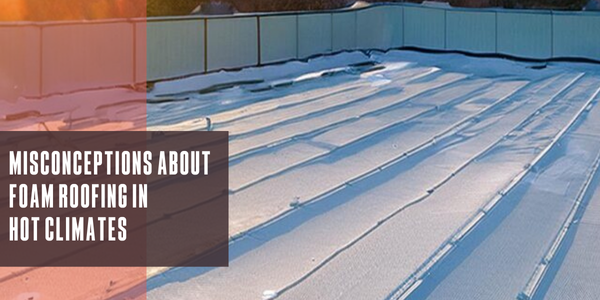


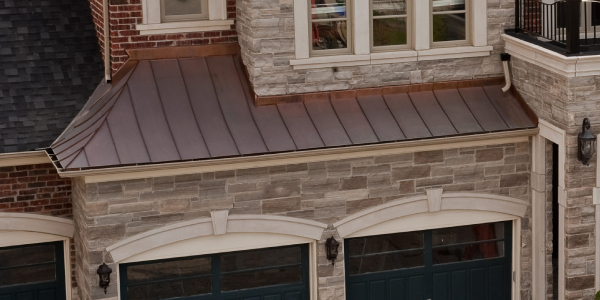

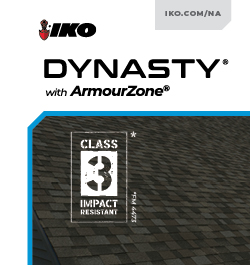

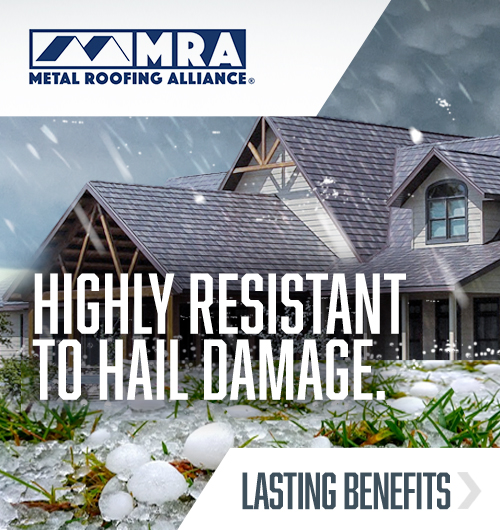
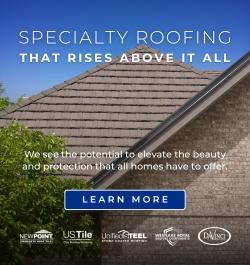

Comments
Leave a Reply
Have an account? Login to leave a comment!
Sign In